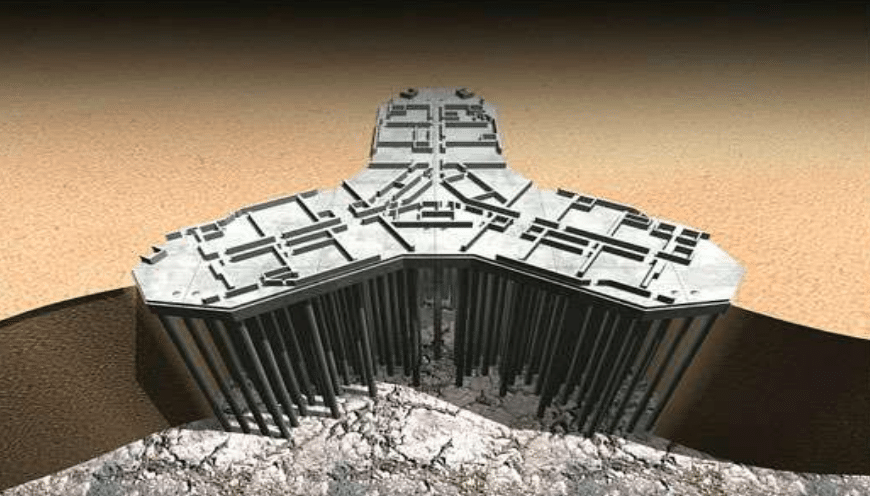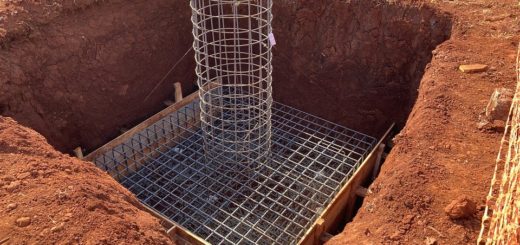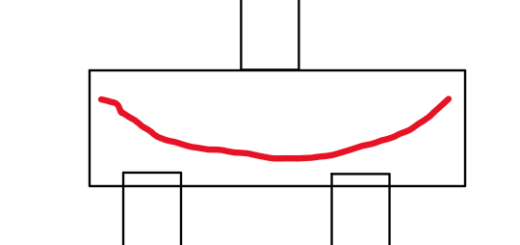Most Valued Advantages and Disadvantages of Raft Foundation
For civil engineers who are planning to construct a building, a raft foundation is one of the options they have to consider. This type of foundation is generally considered to be a simpler and more cost-effective option than other types, but there are also some drawbacks to consider. In this blog post, we will examine the various advantages and disadvantages of raft foundation. We will discuss the various factors to consider when deciding if a raft foundation is the right choice for a particular construction project.
What is a Raft Foundation
Raft foundation is a kind of thick slab placed on the ground to act as foundation of the structure. This can be mostly observed in the building construction. The raft foundation is also called as the mat foundation, mat slab foundation and raft slab.
There are different types based on the structural form of the foundation. Some of the commonly know types are flat plate type, thickened flat plate rafts, beam and slab rafts, pile rafts and cellular raft foundation.
Advantages of Raft Foundations / Advantages of Mat Foundation
- One of the advantages of using a raft foundation is that it can be used in a wide range of soil conditions. This is because the foundation is essentially a large, flat slab that spreads the load of the building over a large area. This makes it ideal for use in areas where the soil is not ideal for other types of foundations.
- Another advantage of raft foundations is that they are relatively easy to construct. This is because they do not require as much digging and excavating as other types of foundations. This can save time and money during the construction process.
- This type of foundations can be used in the locations where there is low bearing capacity.
- Differential settlement that occurs in the in other types of shallow foundations can be avoided.
- Most of the time, shallow foundations are economical compared to the pile foundations.
- In some cases, mat foundation can be considered as the follow slab and with that we can avoid the construction of the ground floor slab.
- Since we can increase the thickness only where it required, construction of economical foundation can be expected when there are very high column loads.
Disadvantages of Raft Foundations / Disadvantages of Mat Foundation
- One of the main disadvantages of using a raft foundation is that it can be less stable than other types of foundations. This is because the foundation is not supported by individual footing. In areas where the soil is known to shift or where there is a high-water table, this can be a serious concern.
- Another disadvantage of raft foundations is that they can be more expensive than other types of foundations such as pad footings, combined footings, strip footings, etc. This is because they require more concrete and steel reinforcement. In some cases, this increased cost can be offset by the savings in time and money during the construction process.
- Design process of the raft foundation is bit complicated when compared to the other shallow foundations such as spread footings.
- There could be erosion of the edges of raft foundations lead to reduce the bearing capacity loss at some parts of foundation.
When deciding if a raft foundation is the right choice for a particular construction project, it is important to weigh the advantages and disadvantages carefully. In some cases, the benefits of using a raft foundation will outweigh the drawbacks. In other cases, another type of foundation may be a better choice. Ultimately, the decision will come down to the specific needs of the project.




